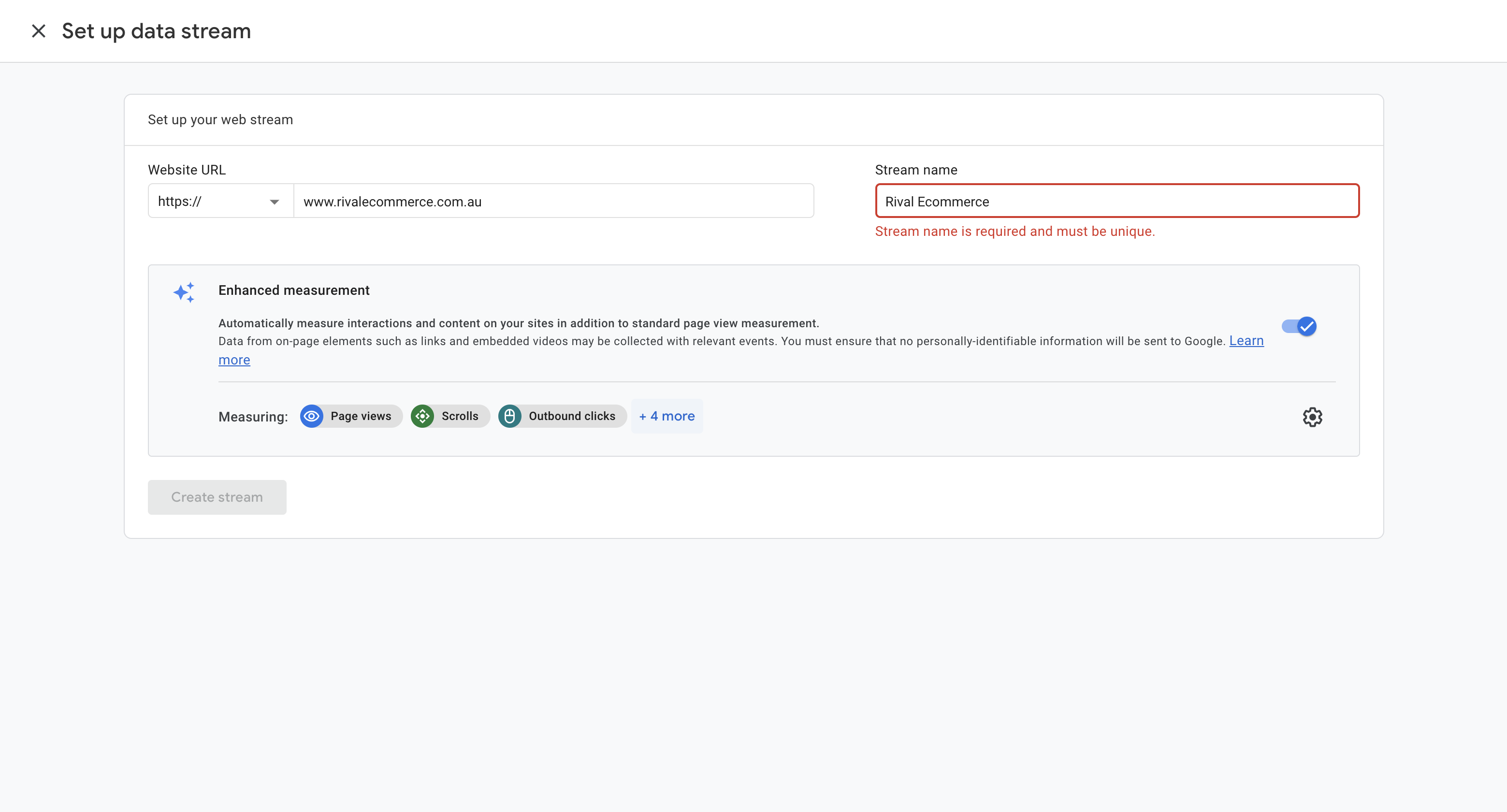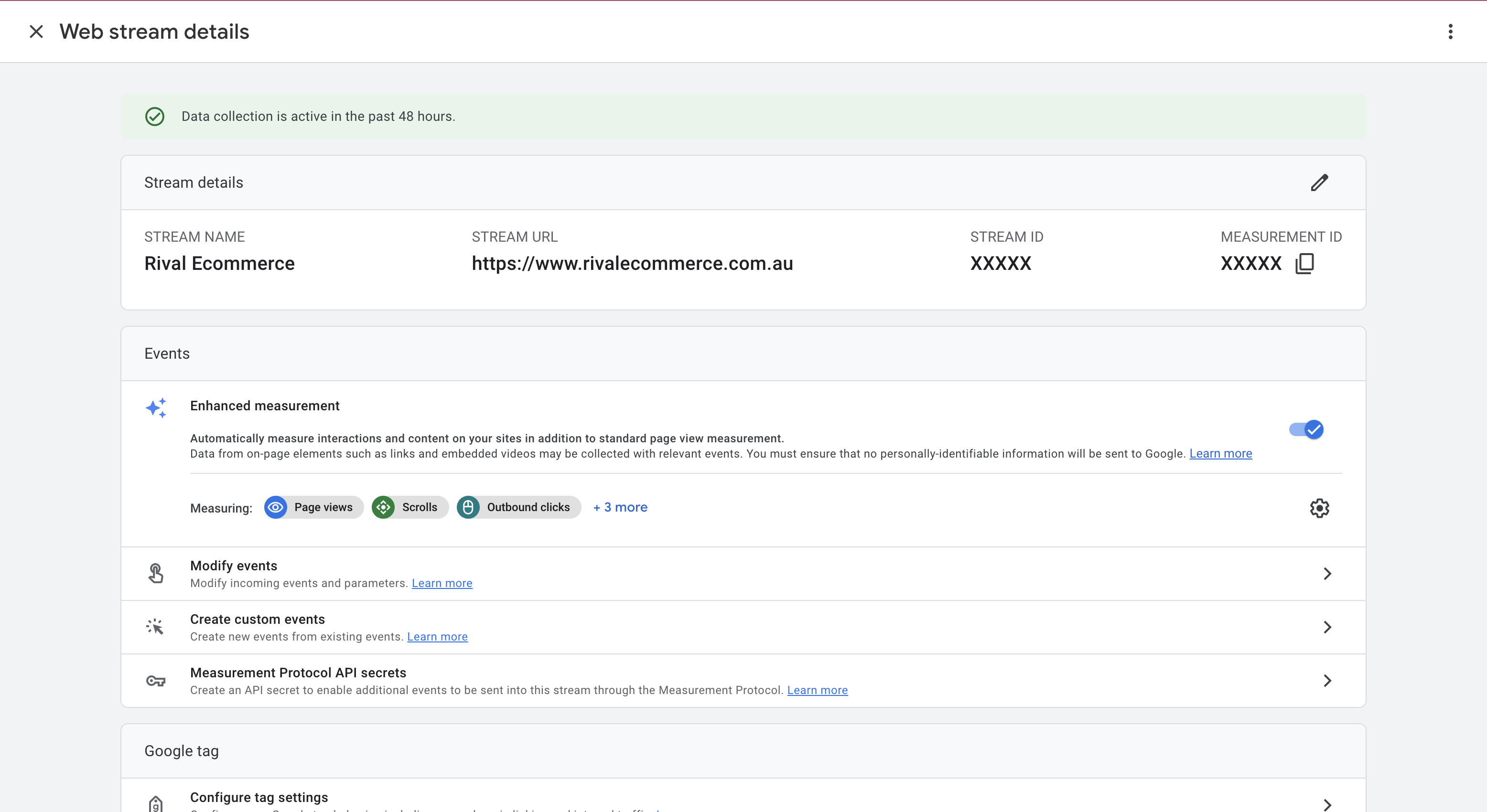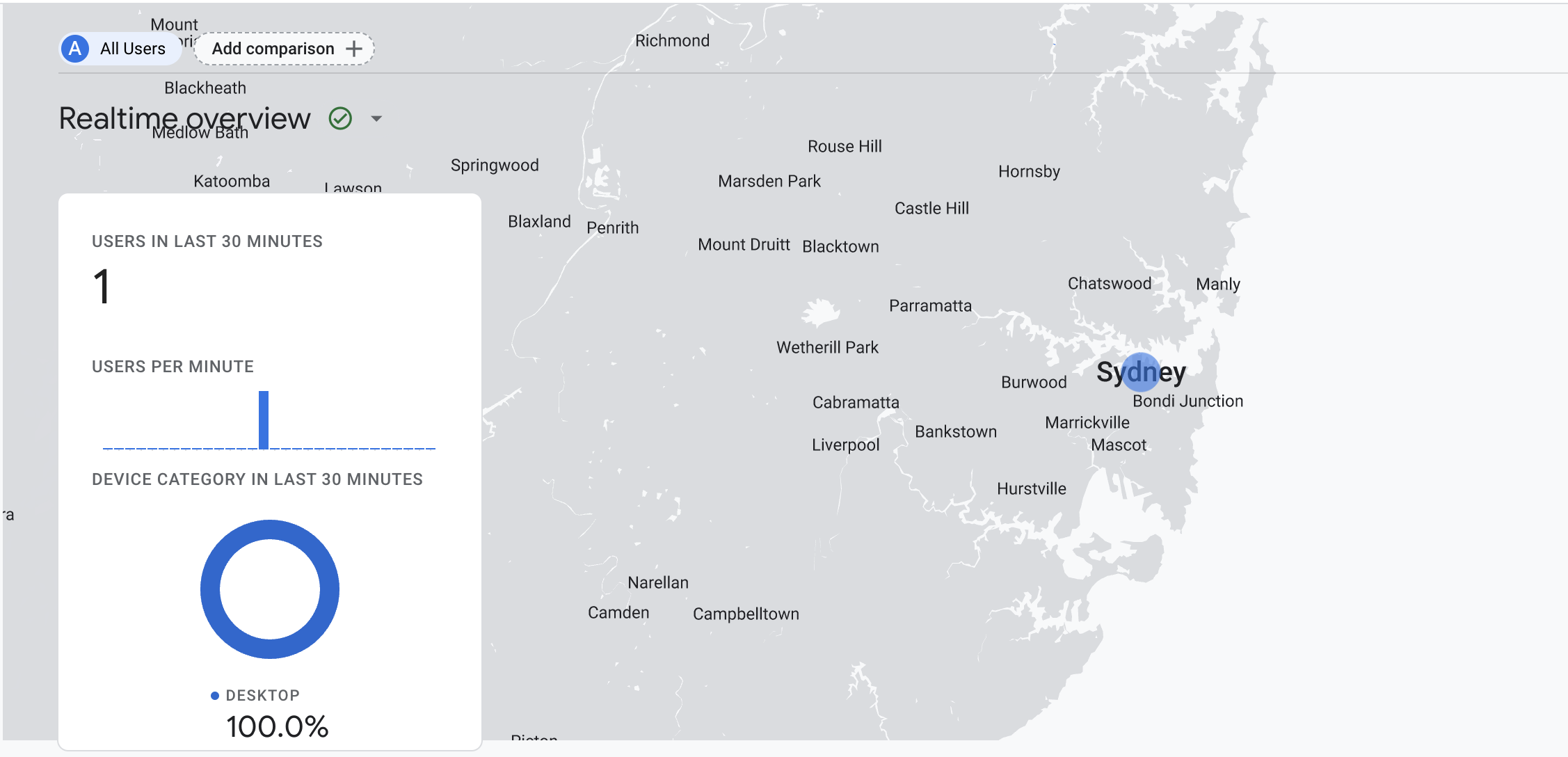GA 4 - Why you need to migrate
Universal Analytics (UA) standard will stop processing data starting on July 1, 2023. It is time to migrate now.
Google Analytics is a powerful tool that businesses use to track website traffic and user behavior. It helps them understand what's working and what's not, so they can optimize their online presence for maximum success. And now, there's a new version of Google Analytics that's causing a stir in the digital marketing world: Google Analytics 4. In this post, we'll explore why you need to migrate to this new version and how it can benefit your business.
Enhanced tracking capabilities One of the main benefits of Google Analytics 4 is its enhanced tracking capabilities. It can track interactions across multiple devices and platforms, including mobile apps, websites, and more. This means you can get a more complete picture of how users are interacting with your brand, no matter where they are.
Improved insights and predictions Google Analytics 4 uses machine learning to provide improved insights and predictions about user behavior. This allows you to better understand your audience and make data-driven decisions about your marketing strategy. You can also use predictive metrics to forecast future outcomes and optimize your campaigns accordingly.
More granular data controls Google Analytics 4 gives you more granular control over your data. You can set up custom data controls to determine how your data is collected, used, and shared. This is particularly important in light of recent data privacy concerns, as it allows you to be more transparent about your data practices and comply with regulations like GDPR.
Greater focus on customer-centricity Google Analytics 4 is designed to be more customer-centric, meaning it puts the focus on the user rather than the session or pageview. This allows you to get a more holistic view of the customer journey, which can help you identify areas where you can improve the user experience and drive more conversions.
Seamless integration with Google Ads Google Analytics 4 seamlessly integrates with Google Ads, allowing you to track and optimize your campaigns from within the same platform. You can use the insights and predictions from Google Analytics 4 to inform your Google Ads strategy and get better results.
Improved cross-device reporting As mentioned earlier, Google Analytics 4 can track user interactions across multiple devices and platforms. This means you can get a more accurate picture of how users are engaging with your brand, even if they switch devices mid-session. This is especially important in today's mobile-first world, where users are constantly switching between devices.
More detailed event tracking Google Analytics 4 offers more detailed event tracking than its predecessor, allowing you to track a wider range of user interactions. You can track events like video engagement, file downloads, and more, which can give you valuable insights into how users are interacting with your content.
Easier data visualization Google Analytics 4 makes it easier to visualize your data with improved data visualization tools. You can create custom dashboards and reports that are tailored to your specific needs, allowing you to quickly and easily identify trends and insights.
Improved attribution modeling Google Analytics 4 offers improved attribution modeling, allowing you to see how different touchpoints in the customer journey are contributing to conversions. This can help you allocate your marketing budget more effectively and optimize your campaigns for maximum ROI.
Future-proofing your analytics strategy Finally, migrating to Google Analytics 4 future-proofs your analytics strategy. As the digital landscape continues to evolve, it's important to have a platform that can keep up with the latest trends and technologies. Google Analytics 4 is designed to do just that, making it a smart investment for any business looking to stay ahead of the curve.
In conclusion, there are many compelling reasons to migrate to Google Analytics 4. It offers enhanced tracking capabilities, improved insights and predictions, more granular data controls, and a greater focus on customer-centricity, among other benefits.
Migrating to Google Analytics 4 can seem daunting, but with the right approach, it can be a smooth process. Here are five steps to help you migrate to GA4:
Create a new GA4 property: Start by creating a new GA4 property. In Google Analytics, navigate to the Admin section and select "Create Property." Follow the prompts to set up a new GA4 property. Be sure to give it a descriptive name and select the appropriate time zone.
Set up data streams: Once you've created your GA4 property, you'll need to set up data streams. Data streams are used to send data to your GA4 property. To set up a data stream, select "Data Streams" from the "Property" column in the Admin section. Then, click "Add Stream" and follow the prompts.

Setting up a new GA4 Data Stream
Update your tracking code: After setting up your data stream, you'll need to update your tracking code to send data to your new GA4 property.

Viewing your newly created property data including Stream ID and Measurement ID
Set up custom events: GA4 allows you to set up custom events to track specific actions on your website. To set up custom events, select "Events" from the "Data Streams" column in the Admin section. Then, click "Create Event" and follow the prompts.
Verify your data: Once you've set up your GA4 property, data streams, tracking code, and custom events, it's time to verify your data. Make sure your data is being tracked correctly by navigating to the "Realtime" section in your GA4 property and performing some actions on your website.

You can see GA4 is now reporting new data.